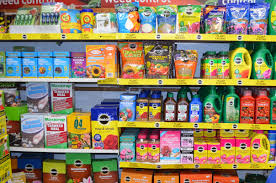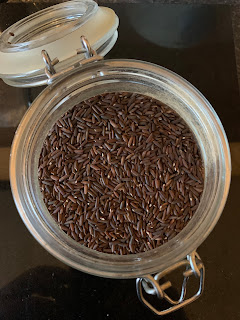Do you flush your hard earned cash down the toilet?
This article may seem awkward or uncomfortable to some people, but please read on and think about it. Most of us gardeners don't disagree about the benefits of introducing manure into the soil of our gardens or allotments to enrich and improve the nutrients available for our plants and vegetables. Another expense we are happy to accept is the purchase of plant supplements, compost, feed, mineral boosters and fertilisers both chemical and organic. This is how gardens work, plants grow depending on the available nutrients, light and water providing us with a bounty of flowers and produce for the table. The previous expenses we accept as our method of replenishing the soil we harvest from.
Now let me discuss the part many folks find icky or unpleasant. On average a human passes 800-2000ml of urine per day, which evens out at around 1.4 litres. We do this directly down the toilet and flush away an incredible source of sterile carbon, 11g nitrogen/urea, 1g phosphorus/super-phosphate and 2.5g potassium. The underlining of sterile is there to emphasise the fact that the urine we pass, whilst fresh is totally sterile and not harmful in any way. Only through time, around 24 hours, does ammonia build up, producing an unpleasant smell. So not really that icky a resource to consider, especially when we find the use of cow, horse, pig or chicken faeces acceptable.Although the quantities of antibiotics remaining in our urine would be negligible once diluted with water for use as a fertiliser, I would still not use my own urine for around two weeks after a course of medication.
A study carried out in West Africa where it was taboo to speak about urine found that after renaming it 'Oga' for use as a fertiliser, women farmers using the now acceptable 'Oga' had yields up to 30% higher on the local crops of millet grain.
In the USA, the nonprofit Rich Earth Institute turned an area in Vermont, New England, into a pee-cycling hub. Farmers then use urine collected at special local facilities by interested residents on their crops. The average pee-cycler supports a tenth of an acre of food production.
Now for the uses in our plots and gardens.
- Pot plants and house plants a dilution of 1 part to 30-50 parts water
- For fruit or vegetables, in the growth stage, a dilution of 1 part to 10-15 parts water
- Nitrogen-hungry sweet corn 1 part to 3 parts water
- Broccoli, peppers and tomatoes 1 part to 5 parts water
- Used neat or diluted as an accelerator on compost heaps
Anyway, I hope this gives you at least pause for thought. Also, I have always carried out this practice and had many satisfying results over the years and I'm not alone, as Bob Flowerdew of BBC's Gardeners Question Time swears by it.






Comments
Post a Comment